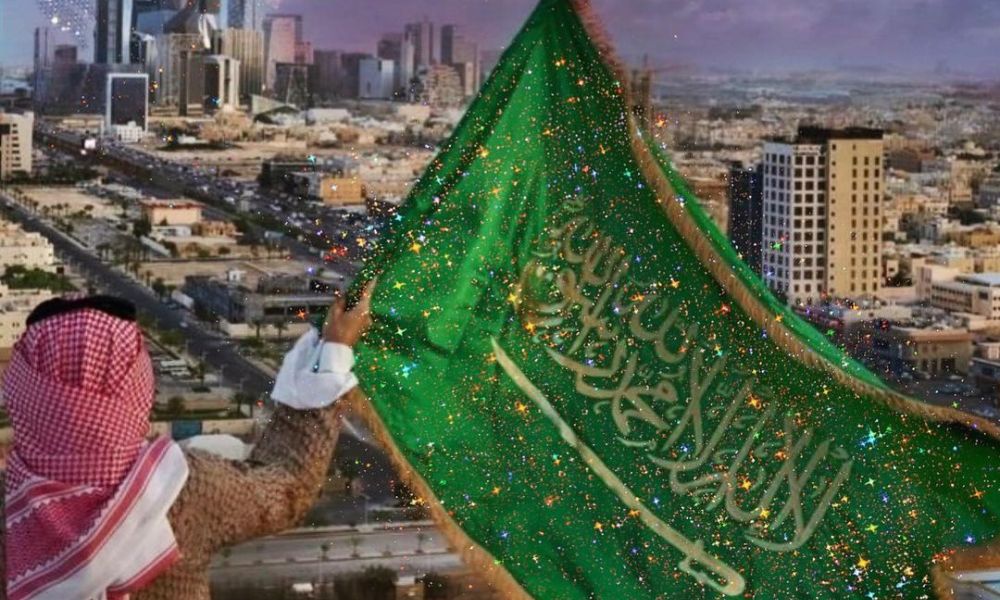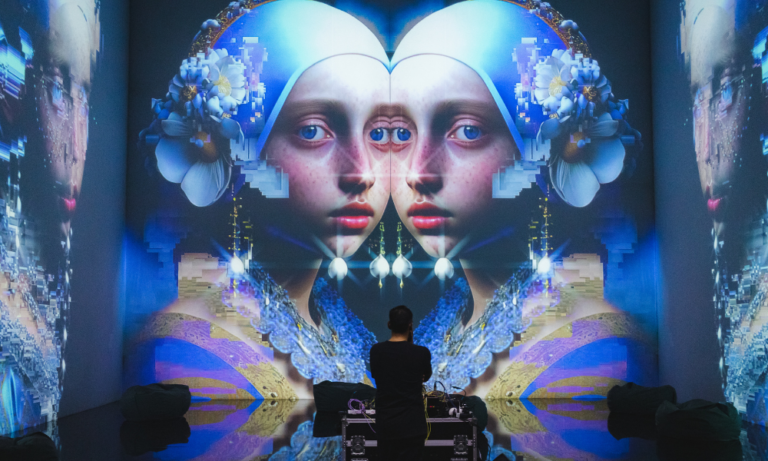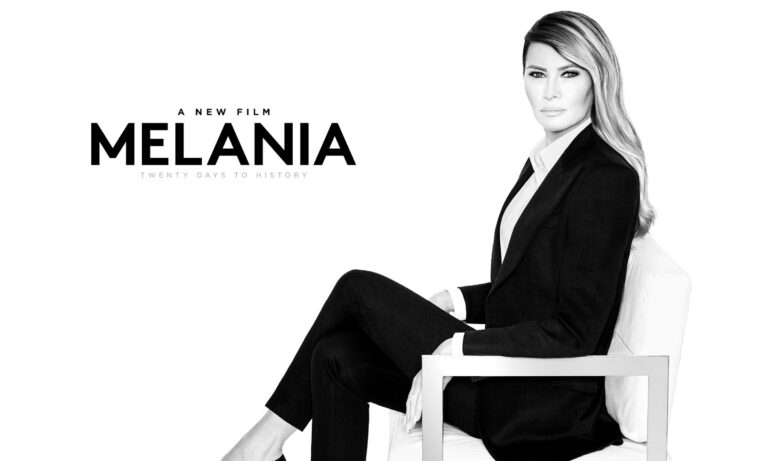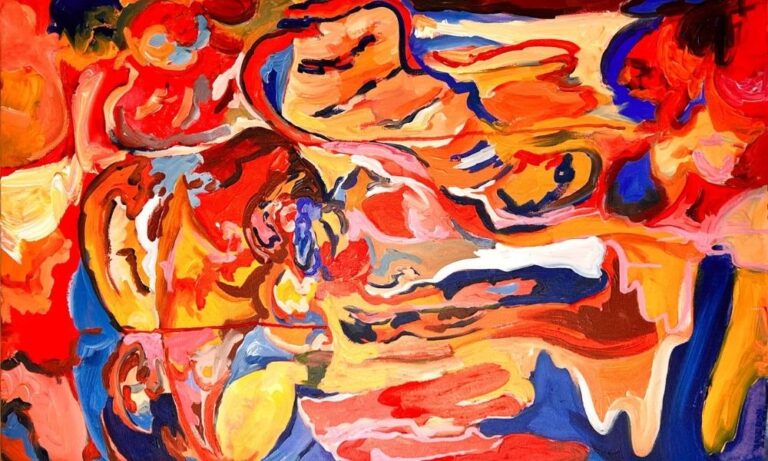Each year on September 23, Saudi Arabia bursts into a nationwide celebration for its National Day, marking the unification of the Kingdom in 1932 by His Highness King Abdulaziz Al Saud. Beyond the traditional images of vast deserts, religious landmarks, and oil reserves, the Kingdom is a treasure trove of achievements and forward-thinking initiatives. From historic milestones to avant-garde innovations, Saudi Arabia’s journey is as rich as its culture, and its future is set to shine even brighter.
In honor of the 94th Saudi National Day, let’s explore some lesser-known yet fascinating facts about the Kingdom that highlight its achievements and future ambitions.
WHY IS THE SAUDI NATIONAL DAY CELEBRATED?
Before becoming the Kingdom of Saudi Arabia, the land was split into two distinct regions—the Kingdom of Nejd and the Kingdom of Hejaz. It wasn’t until 1932 that His Highness King Abdulaziz unified these areas, giving birth to the country we know today. This union marks the foundation of modern-day Saudi Arabia and the reason behind the National Day celebrations.
UNDERSTANDING THE SAUDI ARABIAN FLAG
The current Saudi flag, officially adopted on March 15, 1973, features the Islamic declaration of faith, the Shahada, in white script against a green background. The flag’s sword symbolizes the strength and justice. Interestingly, the flag is designed so that the Shahada reads correctly from both sides, emphasizing the importance of its message.
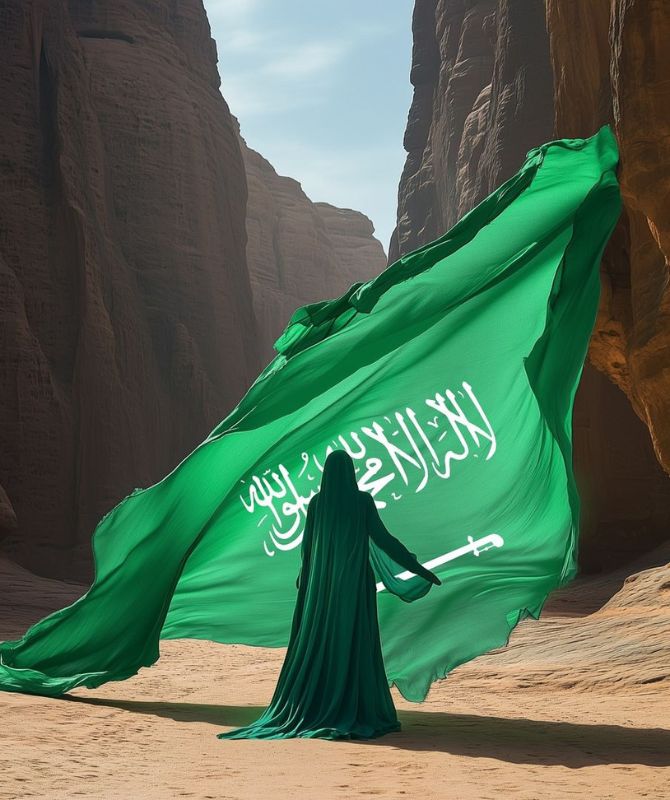
SAUDI ARABIA IS HOME TO THE WORLD’S LARGEST SAND DESERT
The Rub’ al Khali, also known as the Empty Quarter, is the largest continuous sand desert in the world, covering parts of Saudi Arabia and neighboring countries. This vast expanse of desert sits across a whopping 250,000 square miles (650,000 square km), mainly in southeastern Saudi Arabia, with lesser portions in Yemen, Oman, and the United Arab Emirates, making it a natural wonder in the heart of the Arabian Peninsula.
THE KINGDOM HAS A RICH UNESCO WORLD HERITAGE PORTFOLIO
Saudi Arabia boasts seven UNESCO World Heritage Sites, each offering a window into the Kingdom’s rich history and natural beauty. First is Hegra (Al-Hijr), a spectacular archaeological site in AlUla known for its well-preserved tombs dating back to the Nabataean civilization. Diriyah’s Turaif District, the birthplace of the Saudi state, reflects the Kingdom’s political and cultural evolution from the 15th century. Historic Jeddah, with its maze-like streets, has served as a vital trade and pilgrimage route since the 7th century. In the Rock Art of the Hail Region, ancient petroglyphs and carvings span 10,000 years, capturing scenes of early human life. The Al Ahsa Oasis in Hofuf, the world’s largest oasis, demonstrates a continued human presence from the Neolithic period. Recently, the Himā Cultural Area was recognizedfor its ancient inscriptions and rock art, part of a 7,000-year-old caravan route. Finally, Saudi Arabia’s first UNESCO Natural Heritage Site, the Uruq Bani Ma’arid Reserve, added in 2023, features the breathtaking expanse of the Empty Quarter desert and its rare wildlife.
THE FIRST FEMALE ARAB ASTRONAUT IS SAUDI
In May 2023, Saudi’s Rayyanah Barnawi became the first Arab female astronaut to reach space, making a groundbreaking journey to the International Space Station (ISS). A biomedical scientist, Barnawi, through her mission, hopes to inspire young women across the Middle East to pursue their dreams, sharing a message of hope and empowerment for future generations.
SAUDI ARABIA HOLDS THE RECORD FOR THE TALLEST FOUNTAIN IN THE WORLD
King Fahd’s Fountain, also known as the Jeddah Fountain, is one of Saudi Arabia’s most iconic landmarks and holds the title of the tallest fountain in the world. Located in the coastal city of Jeddah, this stunning water feature shoots water up to a height of 312 meters (1,024 feet) into the air, making it visible from miles around. Donated by the late King Fahd, the fountain has been a symbol of Jeddah since its completion in 1985. The saltwater fountain, powered by the nearby Red Sea, is illuminated by over 500 spotlights, creating a mesmerizing display against the night sky.
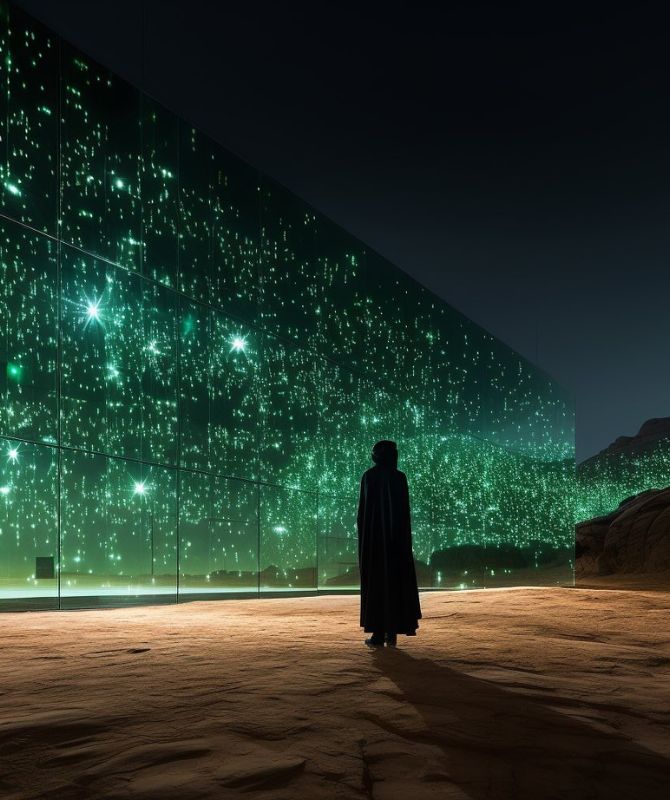
THE KINGDOM OF SAUDI ARABIA IS HOME TO ONE OF THE MOST FUTURISTIC CITIES
While Saudi Arabia is known for its ancient cities, it is also making audacious strides in innovation. The most impressive? NEOM. This $500 billion mega-project aims to create a smart city powered entirely by renewable energy. Think robots, flying cars, and a city so advanced it feels straight out of a sci-fi movie. NEOM is part of the country’s Vision 2030 ––bold plan to diversify its economy and build a future that’s less dependent on oil.
SAUDI ARABIA IS BUILDING THE WORLD’S LARGEST ENTERTAINMENT CITY
Saudi Arabia is currently developing Qiddiya, an entertainment mega-city near Riyadh that will rival the biggest theme parks and entertainment hubs in the world. Once completed, Qiddiya will offer everything from amusement parks and sports facilities to arts and cultural experiences. It’s set to be five times the size of Walt Disney World, making it the largest entertainment city on the planet. Part of Vision 2030, Qiddiya is a symbol of Saudi Arabia’s push to diversify its economy and promote tourism on a global scale.
SAUDI ARABIA IS LEADING THE RENEWABLE ENERGY REVOLUTION
Saudi Arabia is becoming a global leader in renewable energy. The Kingdom’s Sakaka Solar Plant is one of the region’s largest solar energy projects, and Saudi Arabia has ambitious plans to generate 50% of its energy from renewable sources by 2030. The King Salman Renewable Energy Initiative is driving massive investments in solar and wind energy, placing Saudi Arabia at the forefront of the global transition to clean energy. The Kingdom’s leadership in renewable energy reflects its commitment to addressing climate change and diversifying its economy for a sustainable future.
ALSO READ: TOURIST PLACES IN JEDDAH: 5 MUST-VISIT ATTRACTIONS IN THE COASTAL CITY.
